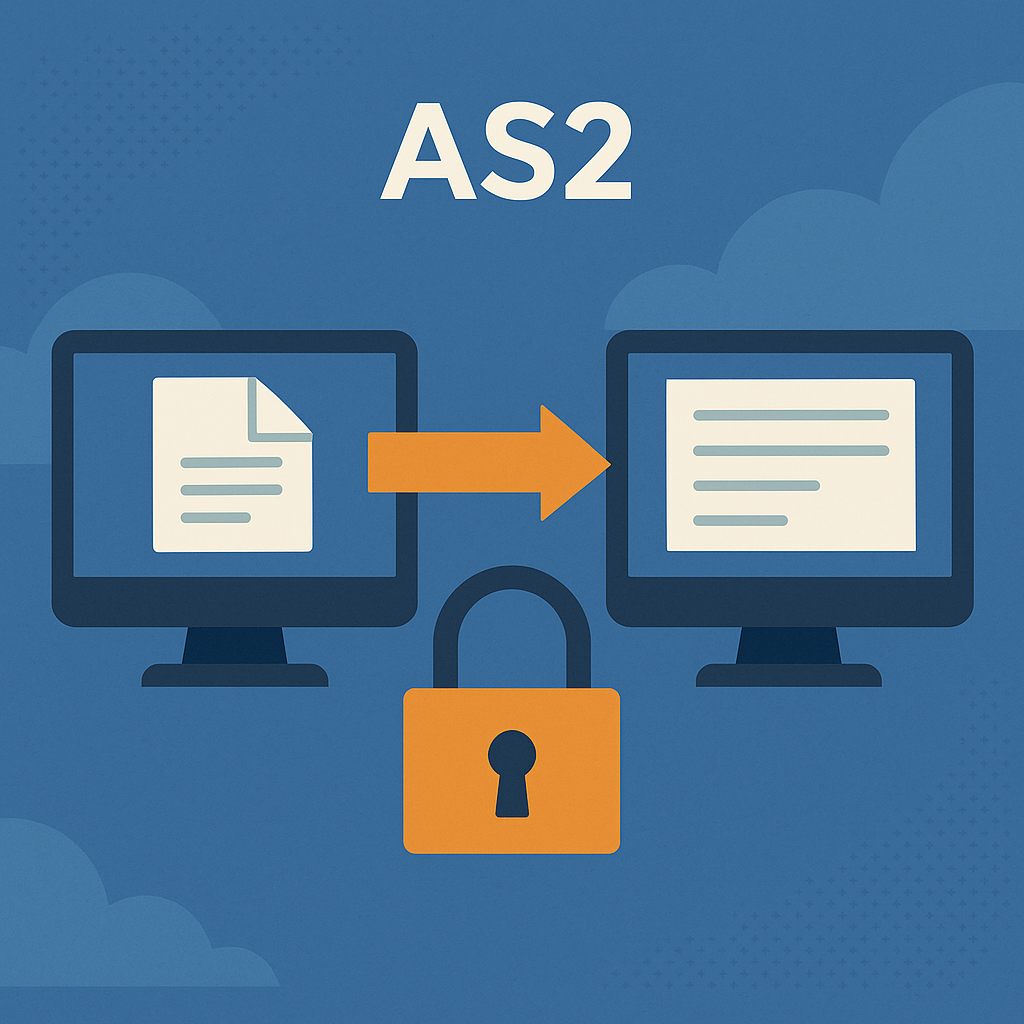
You know the feeling: You open your EDI invoice and, yet again, there’s another “mailbox fee,” another “interconnect charge,” fees for messages you didn’t even know existed. For manufacturers, especially those of us fighting for every percentage point on our margins, every dollar finds its way into a conversation between the CFO, IT, and logistics teams. Yet when it comes to EDI, the way you route your data—through a single VAN or through a patchwork of multiple VANs—can quietly define your cost structure, complexity, and overall risk. Let’s get straight to the bottom of it, from the perspective of people who live in the EDI trenches every day.
Single VAN: Everything’s consolidated: one agreement, one cost center, and negotiating volume discounts is finally possible. You avoid the heartbreak of double (even triple) paying for the same data as it bounces from network to network. There are no mystery mailbox surcharges here.
Multiple VANs: Every provider tacks on their ‘standard’ mailbox, interconnect, and support fees. It sounds minor until you realize a single purchase order could cross two or three networks, each charging for the privilege, and each potentially causing delays if their monthly bill isn’t tracked to the penny in AP.
We’ve seen manufacturers switch to a single VAN and immediately notice 20–40% cost savings just from eliminating duplicate relay, mailbox, and processing fees. If you’re running lean, that’s not a rounding error—it’s operational efficiency you can measure.
Single VAN: There’s one support line to call if something goes wrong—no finger-pointing, no hoping your critical trading partner’s invoice isn’t stuck in a digital Bermuda triangle. That means faster onboarding and less time spent unraveling why a shipment notification disappeared into the void.
Multiple VANs: When data gets lost, which provider do you start with? Who explains overlapping outages? Suddenly, integration projects (like rolling out a new ERP or warehouse system) get bogged down as multiple parties each control slices of the process, and compatibility issues multiply. You’ve got four help desk tickets out for the same problem, and your IT team is living on Advil.
If you’ve managed more than a handful of EDI trading partners, you already know the pain: Syncing protocols, updating AS2 certificates, waiting on hold because one VAN’s support clock resets every time the call gets escalated. A single VAN drastically reduces these headaches by making your integration stack clean and your troubleshooting path honest.
Single VAN: When everyone’s operating off one standard, compliance is straightforward. If you’re audited or need a historic transaction, it’s available in one portal—not scattered across three. Updates to compliance standards (such as industry-specific mandates) propagate across your entire network at once. No need to wonder if your backup or archive policy is consistent.
Multiple VANs: Every additional network is another variable for regulators or customers to scrutinize. Encryption keys, access logs, and audit trails multiply (or get lost). And if you ever need to pull records in response to an invoice dispute, slow data retrieval can mean missed chargebacks or regulatory fines. In a compliance-heavy environment, risk isn’t just theoretical; it’s something you feel in your bottom line.
If you’ve ever dealt with an EDI "finger-pointing loop," you know: Security and control can’t be spread thin over too many partners. It’s not a question of if there’s confusion in a multi-VAN setup, but when.
Look, there are business models where multiple VANs make sense—think multinational giants with regulatory needs that span sectors, or companies that want absolute data-path redundancy between continents. If you must meet country-specific mandates (or have acquisitions stuck on legacy systems), a multi-VAN architecture can buy you time. But for almost every SMB manufacturer or mid-market operation? It’s a cost, a drag, and a risk multiplier you’re better off without.
If you’ve been in the EDI world for any length of time, you remember: Mailbox fees, message relay fees, setup fees—all the things that make monthly statements impossible to predict. You know what it’s like to chase support in a crisis and hear, “That’s the other VAN’s problem.”
Our approach is simple: Transparent, trading-partner-based pricing, no mailbox fees, and a single web portal to keep your operations moving. Your team’s time is too valuable to waste debating with three different providers at 5pm on a Friday.

At BOLD VAN, we see manufacturers save not just money, but weeks of employee frustration by consolidating EDI operations. You get transparent, predictable costs and know exactly who to call if there’s an issue. There are no mailbox, message, or escalated support fees—none of those line items designed to chip away at your margins.
Want to find out what you could save? Curious what seamless, transparent EDI looks like when it runs behind the scenes (instead of making itself known every month)? Get in touch for a personalized walkthrough or check our simple, transparent pricing.
Your team, your supply chain, and your bottom line will thank you.

This blog breaks down the essentials of EDI VAN security, focusing on robust encryption (in-transit and at-rest), AS2 messaging for direct, predictable cost transactions, and comprehensive audit trails for compliance and real-world risk management. It also emphasizes strong authentication, flexible protocol support, and transparent pricing to streamline migration and safeguard supply chain operations without surprise fees.

An EDI VAN serves as a secure digital hub, handling document exchange through centralized mailboxes and flexible protocols to streamline integration and reduce hidden fees. Discover actionable strategies for cost control and efficient migrations, empowering businesses to maintain compliance and drive smoother, transparent supply chain operations.

This blog explains how an EDI VAN can streamline operations, cut hidden costs, and reduce risks associated with outdated, opaque contracts. It provides CFOs and IT leaders with practical guidance and real-world case studies to help transition to modern, predictable pricing models while ensuring compliance and efficient partner onboarding.